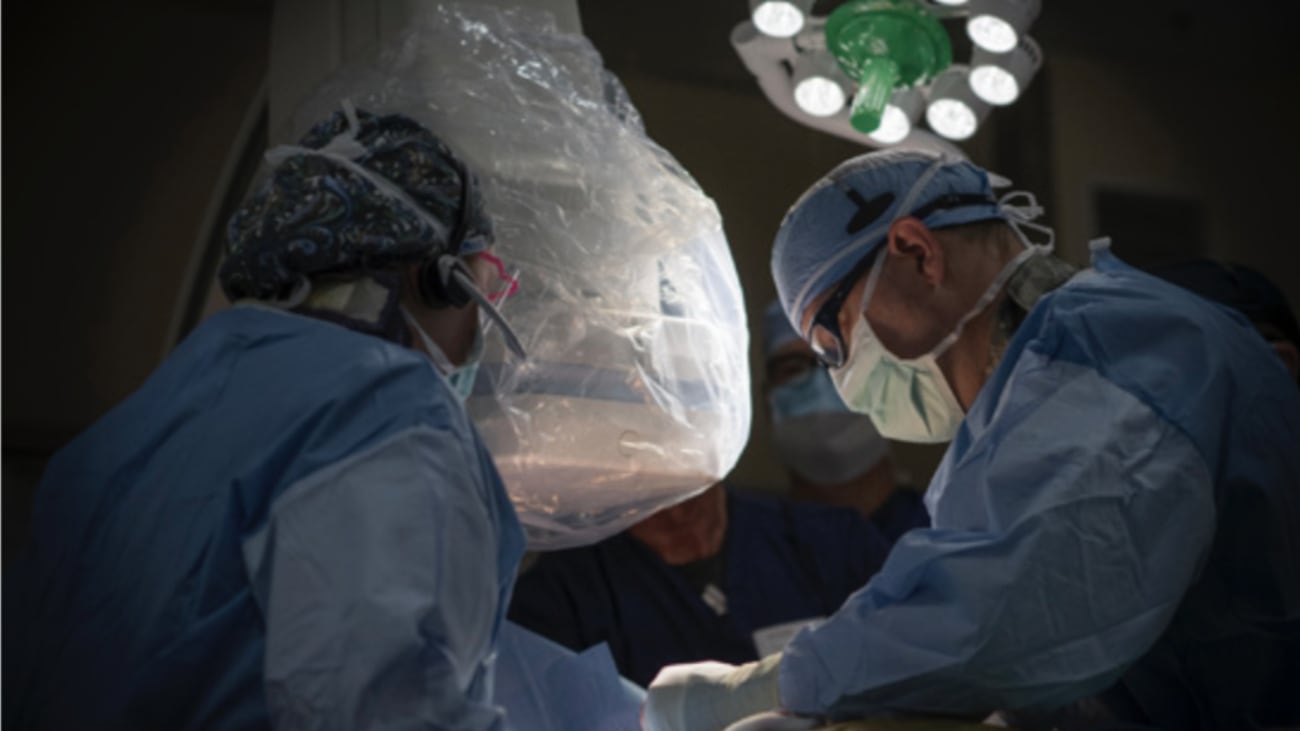
As many as 5.7 million Americans suffer from heart failure. In some cases, heart failure is due to an electrical problem that causes the ventricles of the heart not to contract.
“We can correct that in part by pacing both sides of the heart, which is called cardiac resynchronization therapy or CRT,” says MUSC Health cardiologist Michael R. Gold, M.D., Ph.D., a pioneer in the field of CRT. In traditional CRT, a pacing device about the size of a half dollar is implanted under the skin near the collar bone; it is attached to three leads that are usually placed in the top part or atrium of the heart, the right ventricle and the coronary sinus vein (to access the left ventricle of the heart).
Studies show that this therapy improves heart function, reduces hospitalizations and even prolongs life. But up to 30 percent of people do not respond to conventional CRT, in part due to failure to pace the best location on the left ventricle. Pacing from inside the left ventricle is thought to be better but has not been feasible because large leads increase the risk of blood clots that can cause stroke or heart attack.
A pivotal trial, SOLVE-CRT (NCT02922036), is testing the safety and efficacy of a new wireless implant (WiSE CRT System; EBR Systems, Sunnyvale, CA) that is no bigger than a grain of rice. Because the implant is so small—it has no batteries or computer—and because no leads are required, pacing from within the left ventricle of the heart is possible. Gold serves on the trial’s international steering committee. “It’s a very novel, creative approach, using ultrasound to avoid putting leads in a heart,” says Gold. Cardiologist John Lacy Sturdivant, M.D., who is leading the trial at MUSC, was the second surgeon in the U.S. to implant the device.
Source: Progressnotes Summer 2018
